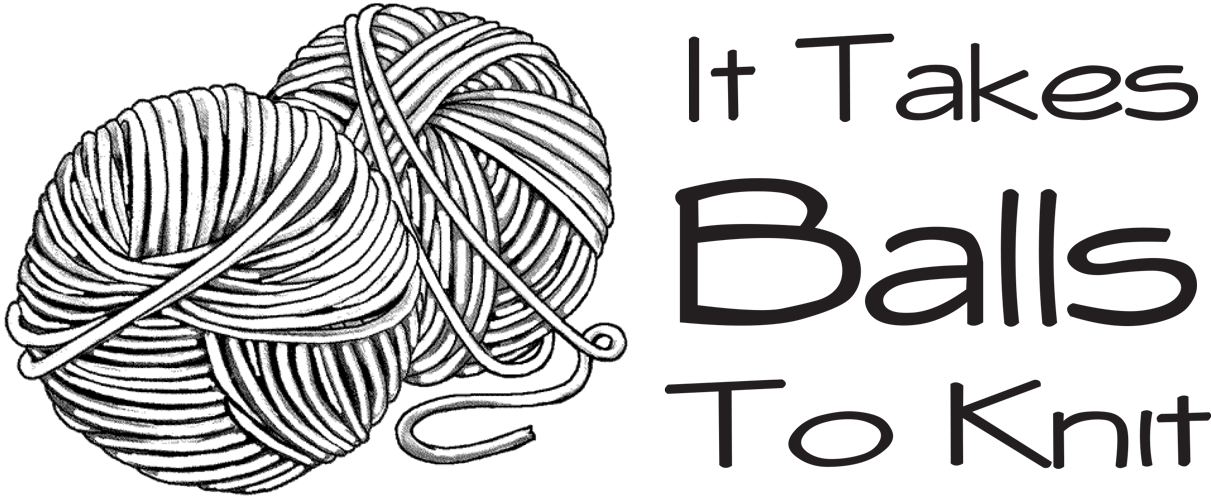Well, I hope you’re ready to go with the socks, because I am! Let’s do a check before we go though, so that we don’t forget anything. This is a sock knitting tutorial or KAL, and because of that, you don’t have to specifically have sock yarn, but it will be nicer if you do so that at the end you can actually wear the socks you make. I wouldn’t recommend you break the bank on the yarn for this first pair, but once you get used to making socks, you’ll probably want to invest a few more dollars into a good yarn. We’ll discuss more options about that later. So for the materials, we’ll need yarn, appropriate sized needles in either double pointed or circular (get a couple of pairs around the recommended size for the yarn), a pattern (actually, you don’t need that as I’ll be providing it as we go), a tape measure, and a big cup of tea! Let’s get started!
Now the first thing we need to do is get an accurate gauge. We will do this preferably in the round as that is how the socks will be knitted, but you’ll be okay flat as well. Now before you get upset and try to skip to the next step, let me tell you that if you don’t have a gauge you won’t be able to use the pattern, as you’ll have to make some minor calculations as we go along. Getting a gauge is a good thing because it will allow you to experiment with the yarn and different methods of casting on. Yes, I did say methods – plural – and that’s what we’re going to talk about today to get started on these socks. Arguably, the most important part of the sock is the cuff – which can either be cast on or off, depending on the direction you’re knitting in. In this instance, it will be cast on. Regardless of the direction, the top of the cuff needs to be elastic, so the socks cling to the calf or foot and stay up. I have a very stretchy cast off for when we go in the other direction, and luckily, I also know a few stretchy cast ons as well. You’ll have a little homework before we start the socks to see which one you prefer. I recommend you try at least 2 different types, if for no other reason than to have at least 2 different ones in your arsenal. Here is a link to a tutorial on knitty.com that shows you a few different ones. The most common one is the long or twin tail cast on. It provides a fairly elastic edge and is suitable for most socks.
For the long tail cast on, here is a variation you might find helpful as it allows you to cast on knit and/or purl stitches as per your pattern. Number the strands from left to right (from the outside of your thumb to the outside of your index finger) from 1-4. The regular long tail cast on takes the needle and goes over and under strand 1, then over and under strand 3, then through the hole between strand 1 and 2. This creates a knit stitch on your needle.
To create a purl stitch, we will do the opposite. Take the needle and go over and under strand 4, over and under strand 2, then through the hole between strand 3 and 4. Let the yarn slide off your index finger, replace the finger, and tighten the stitch. Since it is the exact opposite of what you have been doing thus far, it will seem a little strange at first. After a little practice you’ll have it mastered. This cast on is as elastic as the long tail cast on (it’s really the same) but with the benefit of allowing you to cast on in your rib pattern, whatever it may be. Try it with some waste yarn until you’re used to it.
Saving the best for last, here is a video of Jeny Staiman demonstrating the EXTREMELY stretchy slip knot cast on. I just learned this and tried it today and was surprised at how stretchy it was. It also works great for a rib (single or double). You can find Jeny at curiousknitter.net, the location of her blog. Here is the video.
So now that you have a few different ways to cast on, here is your homework. You need to cast on some stitches to make a gauge. If you are using sock yarn you will probably need at least 40. After you cast on, work in the round if you can, and do a 2×2 rib for about 4-5 inches, then stocking stitch for about the same. Cast off your stitches and block your work. It’s probably a good idea to use 2 different swatches so that you can use 2 different cast on methods. Also, the rib won’t affect the gauge of the ss and vice versa. If you’re not happy with the way the work looks, try using a smaller or larger needle. If you’re not using sock yarn, it is a good idea to go a few sizes smaller than what the yarn label suggests, as socks need to be knit tighter than regular work. To block your swatch, try stretching it over a wire coat hanger. After it is dry, measure it and write down your results. Monday we’ll use those results to start the socks!
Hugzzz 😎
